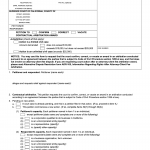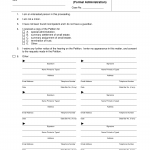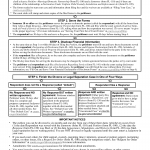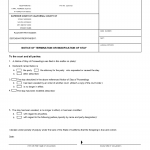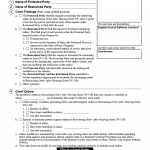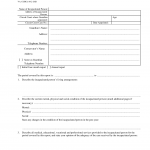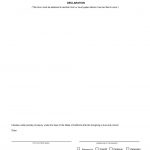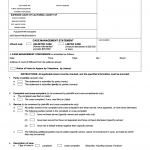Motion to Vacate Protective Order
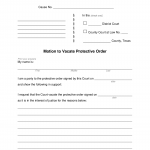
A "Motion to Vacate Protective Order" refers to a legal request made by a party to a court case, asking the court to lift or cancel a protective order that has been previously issued. A protective order is a legal directive issued by a court to prevent the disclosure of certain information, documents, or evidence to the public or other parties involved in the case. Protective orders are often put in place to safeguard sensitive or confidential information during legal proceedings.

